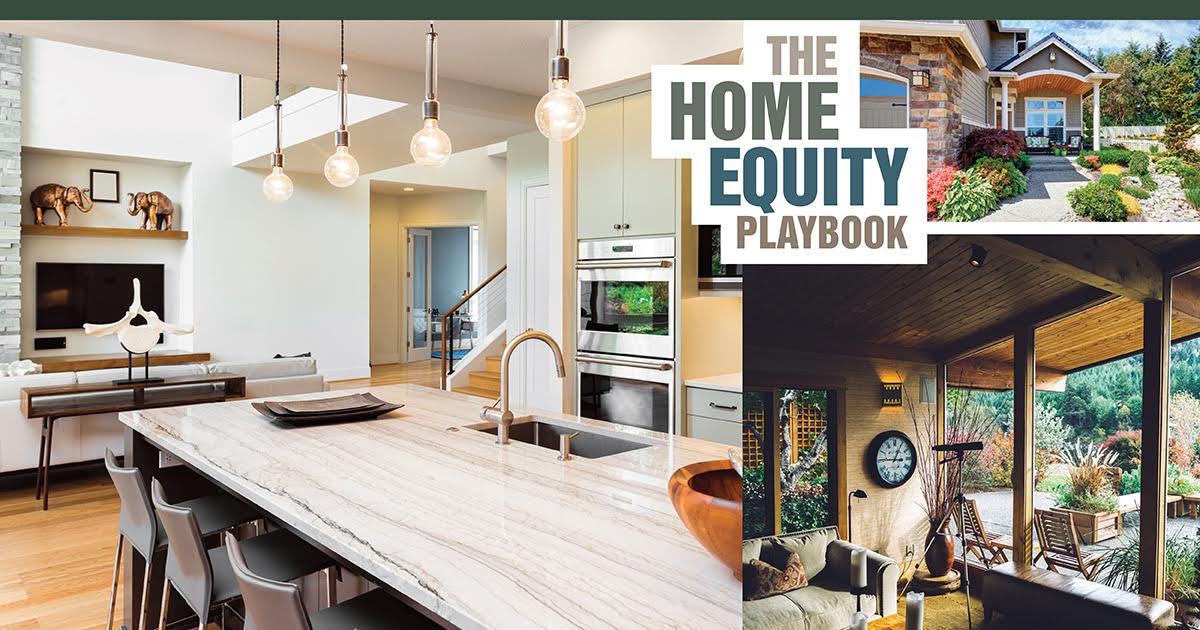

TRICK OR TREAT! I’m happy to be participating in this event on Oct 20, 2019 and Oct 27, 2019 from 12-4 It’s free and should be super fun for kids.
Enjoy face painting, rock wall, food trucks, activities under every tent, inflatables, arts and crafts, door prizes, music, onstage performances, HFM goodie bags and more!
Come by and bring your witches and goblins for some fun activities and trick or treating!
Join us!
Learn More
Special Treat!
Come by my booth and tell your kiddos to give me the secret password “boogers” for a special goodie bag.














